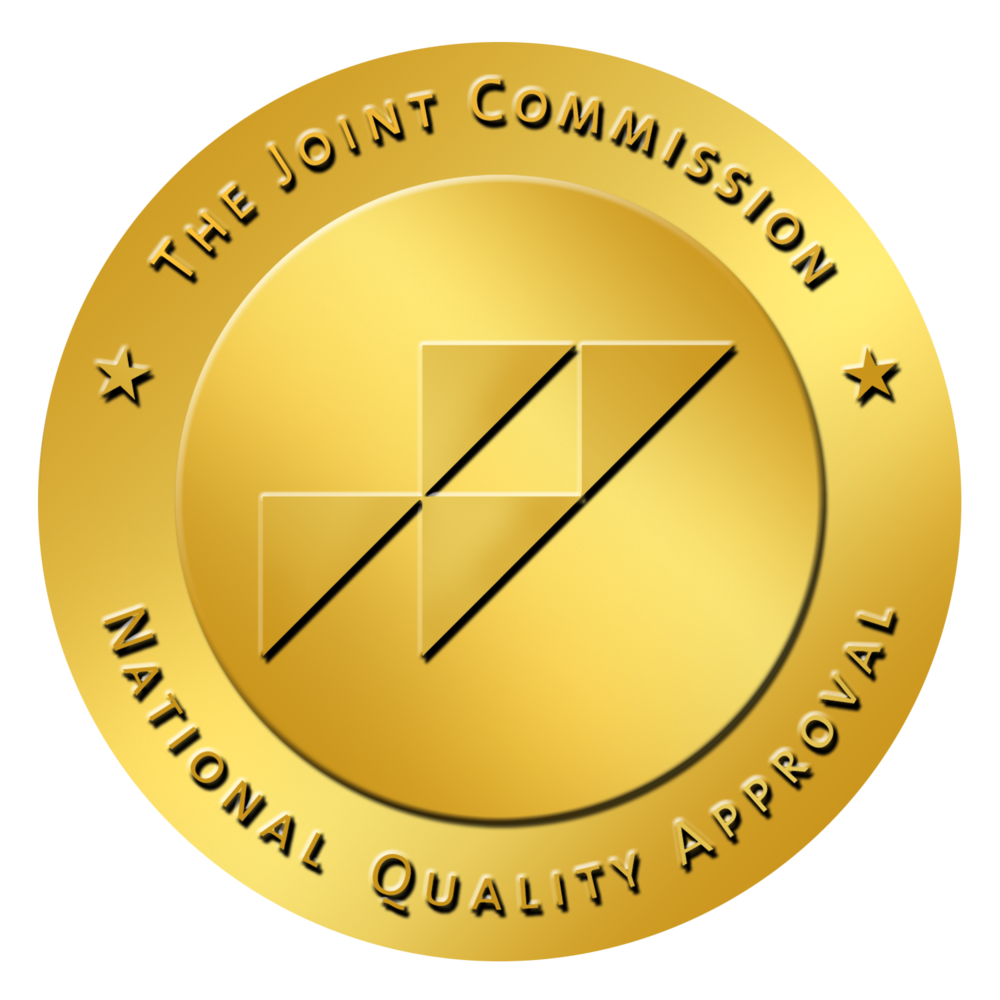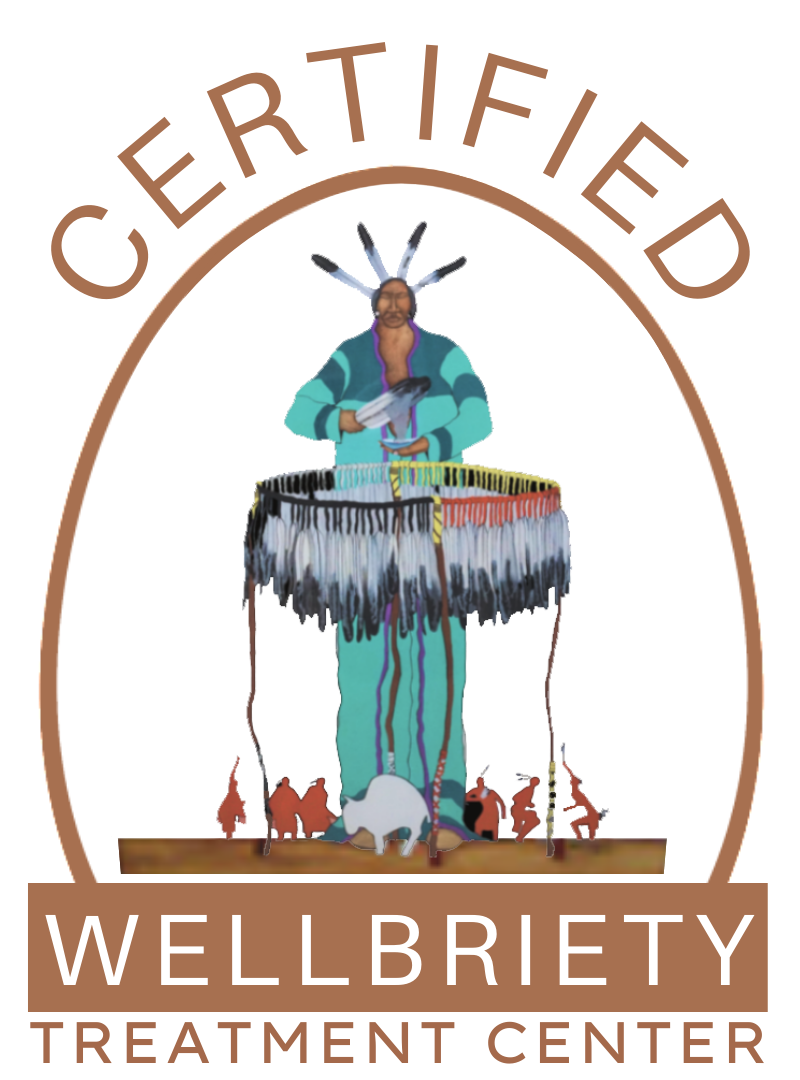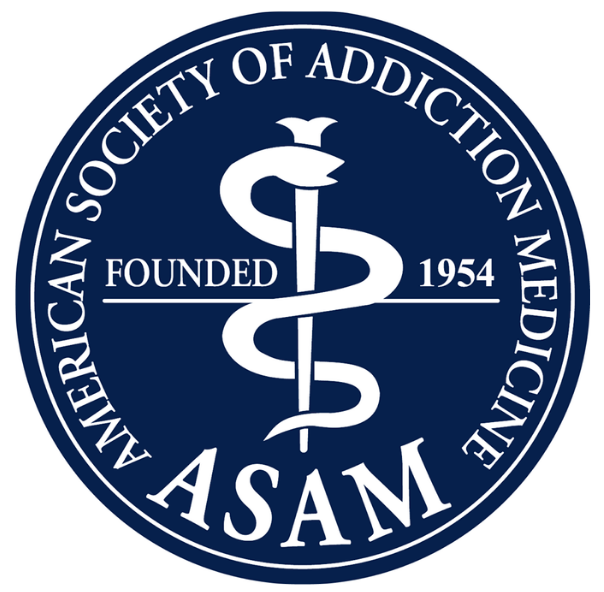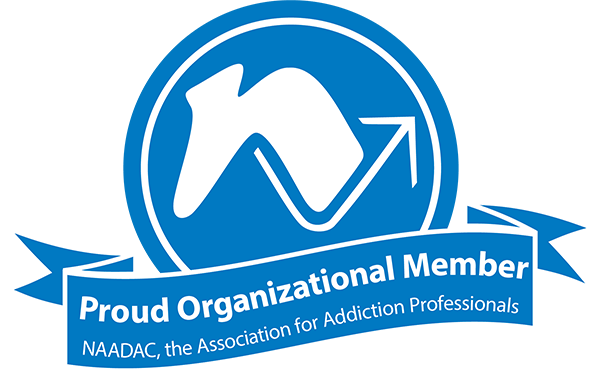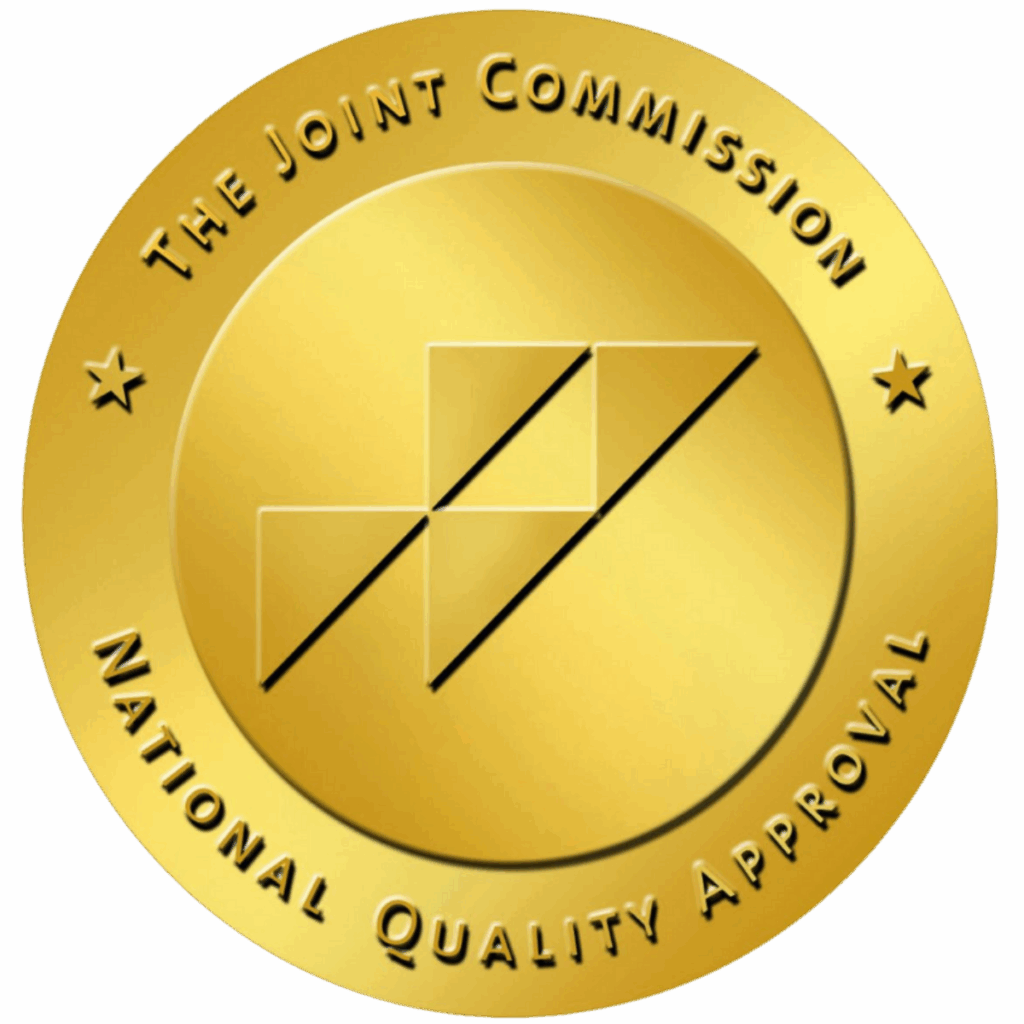Depression is one of the most common mental health conditions worldwide, affecting millions of people each year. It can disrupt every aspect of daily life, leaving people feeling hopeless, isolated, or overwhelmed. While depression can take many forms and stem from a variety of causes, it is also highly treatable. With the right combination of therapy, medication, lifestyle changes, and support, recovery is not only possible — it’s highly likely.
What Is Depression?
In simple terms, depression is when a person suffers from persistent low feelings over a significant time period. These include things like low mood, loss of interest or pleasure (anhedonia), and changes in thinking, sleep, energy, and appetite.
Depression is more than a bad day or a case of “the blues.” It’s an ongoing condition in which these feelings are more or less constant and interfere with work, school, relationships, and even one’s ability to perform basic tasks of self-care, like showering or eating. Depression can look different from person to person: some feel sad and tearful, others feel numb, irritable, or physically slowed down.
The Diagnostic and Statistical Manual of Mental Disorders, the primary resource used by mental health professionals for making diagnoses, defines depression according to the following criteria:
- Depressed mood (feeling sad, empty, or hopeless)
- Markedly diminished interest or pleasure in activities
- Significant weight loss or gain (without dieting) or decrease or increase in appetite
- Insomnia or hypersomnia
- Psychomotor agitation or retardation
- Fatigue or loss of energy
- Feelings of worthlessness or excessive or inappropriate guilt
- Difficulty concentrating or making decisions
- Recurrent thoughts of death or suicidal ideation without a specific plan
If five or more of these symptoms are consistently present over a two-week basis, a psychologist or psychiatrist may diagnose a person as having clinical depression.
The good news is that various effective, research-based treatments for depression exist, including talk therapy, medication, lifestyle changes, and social support.
Depression Risk Factors
While anyone can develop depression, certain factors will raise your risk:
- Family History of Depression: Having relatives with depression raises the chance of experiencing depression due to inherited genetic vulnerability.
- Brain Function: Changes or imbalances in brain areas and neurotransmitters involved in mood regulation can contribute to depression.
- Gender and Depression: Women are about twice as likely as men to experience depression, partly due to hormonal and social factors.
- Childhood Trauma: Adverse childhood experiences (ACE’s), such as abuse or neglect, significantly increase the risk of chronic depression later in life.
- Chronic Illness and Depression: Long-term medical conditions can trigger depression through physical stress and lifestyle impacts.
- Substance Abuse and Depression: Alcohol and drug use can worsen depression symptoms and interfere with treatment.
- Life Stressors: Major life events like loss, divorce, or financial problems often act as triggers for depressive episodes.
Most cases of depression are caused by a combination of risk factors, rather than a single cause. Furthermore, certain things may have a greater impact on different people. Stress, for example, may be more important to one individual than to another, although a bad diet may have a big impact on others.
Family History of Depression
Family history may be the single most predictive factor for depression because it entails both genetic and environmental factors. Inherited traits can affect how the brain processes stress, reward, and sleep. Learned patterns—like coping styles or behaviors—also matter. However, family history doesn’t mean depression is inevitable; stable routines, exercise, therapy skills, substance avoidance, and strong relationships can all lower risk substantially.
Native Americans and Depression
American Indian and Alaska Native (AI/AN) communities face unique, historically rooted stressors—forced displacement, loss of land and language, boarding schools, and ongoing discrimination—that can elevate depression risk. Additional drivers include rural residence with limited mental-health access, economic hardship, and higher exposure to certain traumas.
Protective factors are powerful: strong cultural identity, community connection, traditional healing practices, language revitalization, and culturally adapted therapies (e.g., integrating talking circles, storytelling, spiritual practices, and community/tribal leadership) improve engagement and outcomes.
Types of Depressive Disorders
Depression breaks down into several different forms of depressive disorders, each with unique symptoms and patterns. Some types are more common, while others may appear under specific conditions or life stages.
Major Depressive Disorder
Major Depressive Disorder (MDD), often known as clinical depression or unipolar depression, is a mental condition characterized by chronic sadness, lack of interest in previously-enjoyed activities, and physical symptoms such as exhaustion or appetite problems. People with MDD may have difficulties concentrating, sleep issues, and feelings of worthlessness, which can impact their everyday lives and relationships.
The objective of treatment is to reduce symptoms and enhance quality of life using research-based therapies, including talk therapy (such as cognitive behavioral therapy), antidepressant drugs, or a combination of the two. Early intervention helps to manage MDD effectively and promotes long-term mental health.
Persistent Depressive
Disorder Persistent Depressive Disorder (PDD), also known as dysthymia or chronic depression, is a long-term mood illness characterized by symptoms such as melancholy, exhaustion, and poor self-esteem that last for years, sometimes with less intensity but longer duration than acute depressed episodes.
PDD can have an effect on one’s everyday life, relationships, and professional performance. It can often be treated with a mix of therapy (such as cognitive-behavioral therapy) and antidepressant medication. Lifestyle changes and continued assistance are also essential for successfully managing PDD.
Atypical Depression
Atypical depression is characterized by mood reactivity (mood improves in response to positive events) along with symptoms like increased sleep, increased appetite/weight gain, “leaden” heaviness in the limbs, and intense sensitivity to rejection. Therapies like CBT, as well as SSRIs/SNRIs and sometimes MAOIs (in specialty care) are options; lifestyle structure and light physical activity can also help.
Seasonal Affective Disorder
Depressive episodes that follow a seasonal pattern, most often beginning in fall or winter and remitting in spring. Symptoms include low energy, oversleeping, carb cravings, and social withdrawal. First-line treatments include bright light therapy (10,000-lux light box each morning), CBT tailored for SAD, vitamin D assessment when appropriate, and, in some cases, medication.
Bipolar Disorder
Bipolar I/II disorders include depressive episodes but are defined by past or current manic or hypomanic episodes (elevated/irritable mood, decreased need for sleep, increased activity, risky behavior). Because antidepressants alone can trigger mania or rapid cycling in bipolar disorder, treatment focuses on mood stabilizers and certain atypical antipsychotics, with psychotherapy and rhythm-stabilizing routines (sleep/wake regularity). Accurate diagnosis is crucial; screening for any history of mania/hypomania should precede antidepressant use.
Psychotic Depression
Psychotic Depression (PD), also known as major depression with psychotic aspects or depressive psychosis, combines severe depressed symptoms with psychosis, including delusions (false beliefs) and hallucinations. Symptoms include intense melancholy, anger, cognitive impairment, and physical problems such as sleeplessness. This disorder substantially impairs daily functioning and relationships.
Treatment for PD seeks to stabilize mood and treat psychotic symptoms with a mix of antidepressants and antipsychotics, or electroconvulsive therapy (ECT) for refractory patients. Early intervention leads to better results and lowers the likelihood of recurrence.
Treatment for Depression
Depression is treatable, and most people improve with the right combination of therapy, medication, and lifestyle changes. Treatment plans are tailored to the individual, often blending approaches to address both biological and psychological aspects of the condition.
Therapy for Depression
Psychotherapy (talk therapy) helps people identify unhelpful thought patterns, improve coping skills, and work through underlying issues that contribute to depression. It can be done individually, in groups, or with family involvement.
Behavioral Therapy
Behavioral-based therapies focus on changing patterns of thinking and behavior that reinforce depression. They are research-based and effective in both mild and severe cases.
Common types of behavioral therapy include:
- Cognitive-behavioral therapy (CBT): CBT identifies and challenges distorted thoughts while promoting healthier behaviors.
- Acceptance and commitment therapy (ACT): Encourages embracing emotions without judgment and committing to value-driven actions. ● Dialectical behavioral therapy (DBT): DBT combines CBT with mindfulness to regulate emotions and reduce self-destructive behaviors.
These therapies are often integrated with medication for comprehensive care.
Acceptance and Commitment Therapy (ACT)
ACT helps individuals accept difficult thoughts and feelings rather than fighting them, while focusing on actions that align with personal values. The goal is to build psychological flexibility and reduce avoidance behaviors that maintain depression.
Dialectical Behavioral Therapy (DBT)
Originally developed for borderline personality disorder, DBT is also effective for depression, especially when self-harm or emotional dysregulation is present. It combines CBT techniques with mindfulness and distress tolerance skills, teaching patients how to manage intense emotions without destructive behaviors.
Cognitive-Behavioral Therapy (CBT)
CBT is one of the most widely studied therapies for depression. It teaches people to identify and challenge distorted thinking patterns (like hopelessness or excessive guilt) and replace them with more balanced, realistic thoughts. Behavioral techniques—like scheduling enjoyable activities—also help break cycles of withdrawal.
Medication for Depressive Disorders
Medication can provide much-needed fast relief for depressive symptoms. It is often used alongside therapy, which aims to address the underlying drivers of depression, for best results. A healthcare provider chooses medications based on symptom profile, history, and side effect tolerability.
Selective Serotonin Reuptake Inhibitors (SSRIs)
SSRIs (such as fluoxetine, sertraline, citalopram, escitalopram) are the most commonly prescribed antidepressants. They increase serotonin levels in the brain, improving mood and reducing anxiety, with fewer side effects compared to older medications.
Serotonin-Norepinephrine Reuptake Inhibitors (SNRIs)
SNRIs (such as venlafaxine, desvenlafaxine, duloxetine) raise both serotonin and norepinephrine levels. They are often helpful for individuals with depression and co-occurring anxiety or chronic pain conditions.
Atypical Antidepressants
This group includes medications like bupropion and mirtazapine. They work differently from SSRIs/SNRIs and are used when patients don’t respond well to standard treatments. For example, bupropion can boost energy and focus, while mirtazapine may improve sleep and appetite.
Tricyclic Antidepressants
An older class of antidepressants (such as amitriptyline, nortriptyline) that can be effective but carry more side effects, including weight gain, dry mouth, and cardiac risks. They are generally reserved for treatment-resistant depression.
Monoamine Oxidase Inhibitors (MAOIs)
One of the earliest types of antidepressants, MAOIs (such as phenelzine, tranylcypromine) are rarely prescribed today because of dietary restrictions and drug interactions. However, they may help when other medications fail.
Anti-anxiety Medications
Benzodiazepines (like lorazepam, clonazepam) or non-benzodiazepine options may be prescribed short-term to manage anxiety or agitation that often accompanies depression. Because of their risk for dependence, they are used cautiously and typically not as a long-term solution.
Antipsychotic Medications
Atypical antipsychotics (such as aripiprazole, quetiapine, olanzapine) can be added when depression includes psychotic features or when standard antidepressants are not effective alone. These medications work by balancing dopamine and serotonin activity.
Mood Stabilizers
Mood stabilizers (such as lithium, lamotrigine, valproate) are often used when depression occurs as part of bipolar disorder. They help prevent mood swings and protect against both manic and depressive episodes. Lithium, in particular, has strong evidence for reducing suicide risk.
Depressive Disorder Treatment at Aliya Native Americans
At Aliya Health Group, our Native American Program (NAP) blends research-based therapies with traditional healing practices to support recovery from depressive disorders. patients may take part in culturally rooted ceremonies like sweat lodges, talking circles, and plant teachings while also engaging in therapies such as CBT, ACT, and DBT. This integrated approach honors cultural identity, addresses intergenerational trauma, and promotes whole-person healing—mind, body, and spirit.
If you or a loved one is struggling with depression, Aliya’s Native American Program offers compassionate, culturally informed care. Call us today to learn how we can walk this healing journey with you.

